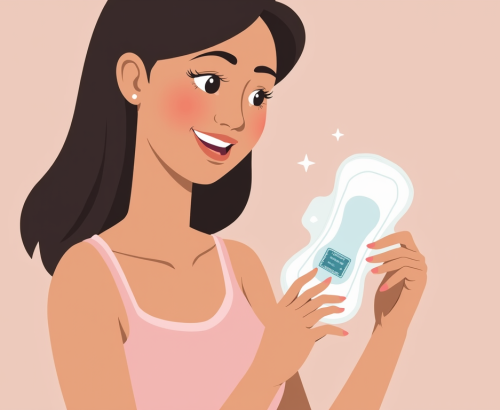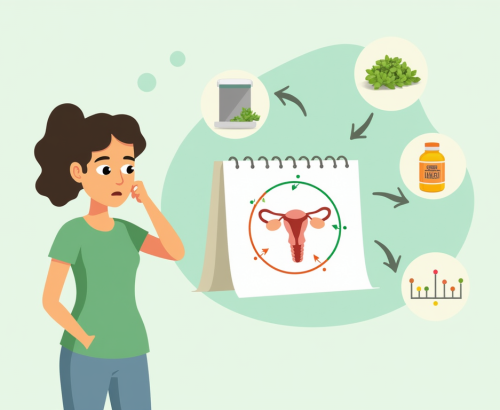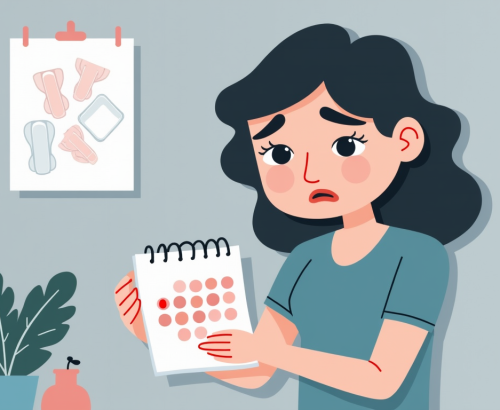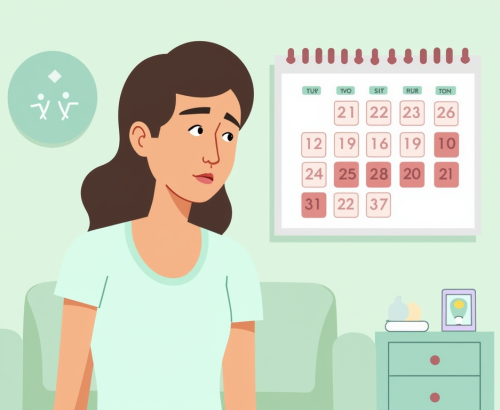
Yoga can be a fantastic way to manage the physical and emotional symptoms associated with your period. Whether you’re dealing with cramps, bloating, or mood swings, incorporating yoga into your routine can help you feel more balanced and at ease. This guide explores the benefits of practicing yoga during your period, provides specific poses that can offer relief, and offers practical tips for maintaining a comfortable and beneficial practice.
Benefits of Yoga During Your Period
Reduces Menstrual Cramps
Pain Relief: Yoga helps release endorphins, which are natural painkillers that can alleviate menstrual cramps.
Increased Blood Flow: Certain yoga poses improve blood circulation in the pelvic region, which can reduce cramping and discomfort.
Relieves Bloating and Fatigue
Decreases Bloating: Gentle stretches and poses can help reduce bloating by improving digestion and reducing water retention.
Boosts Energy: Yoga practices, especially those that focus on deep breathing, can help combat fatigue and increase overall energy levels.
Improves Mood
Eases Mood Swings: Yoga promotes relaxation and mindfulness, which can help manage mood swings and irritability associated with PMS.
Reduces Stress: The calming effect of yoga can help lower stress and anxiety, improving your overall emotional well-being.
Yoga Poses for Period Relief
Child’s Pose (Balasana)
How to Do It: Kneel on the floor with your big toes touching and knees spread apart. Sit back on your heels, then stretch your arms forward and lower your forehead to the ground. Hold this position for 1-2 minutes.
Benefits: This restorative pose helps relieve lower back pain and menstrual cramps. It also promotes relaxation and reduces stress.
Cat-Cow Pose (Marjaryasana-Bitilasana)
How to Do It: Start on your hands and knees with your wrists aligned under your shoulders and knees under your hips. Inhale, arch your back and lift your head and tailbone (Cow Pose). Exhale, round your spine and tuck your chin to your chest (Cat Pose). Alternate between these two positions for 1-2 minutes.
Benefits: This flow improves flexibility in the spine and can help alleviate lower back pain and bloating.
Supine Twist (Supta Matsyendrasana)
How to Do It: Lie on your back with your knees bent and feet flat on the floor. Drop your knees to one side while extending your arms out to the sides and turning your head in the opposite direction. Hold for 1 minute on each side.
Benefits: This pose helps relieve abdominal bloating and improves digestion. It also gently stretches the spine and hips.
Legs Up the Wall Pose (Viparita Karani)
How to Do It: Sit close to a wall and lie on your back. Extend your legs up the wall and place your arms at your sides with palms facing up. Hold for 5-10 minutes.
Benefits: This pose helps reduce swelling and fatigue in the legs and alleviates menstrual cramps. It also promotes relaxation and improves circulation.
Seated Forward Bend (Paschimottanasana)
How to Do It: Sit with your legs extended straight in front of you. Inhale, lengthen your spine, and exhale as you reach forward toward your feet. Hold for 1-2 minutes.
Benefits: This pose stretches the hamstrings and lower back, relieving tension and cramps. It also helps calm the mind and reduce stress.
Tips for Practicing Yoga During Your Period
Listen to Your Body
Adapt Poses: Modify or skip poses that feel uncomfortable. It’s important to choose movements that feel good for you during your period.
Rest When Needed: Take breaks or use props like bolsters or blankets to support your body and enhance comfort.
Use Gentle Practices
Avoid Intense Inversions: During your period, it may be best to avoid deep inversions like headstands or handstands, which can increase discomfort.
Focus on Restorative Yoga: Emphasize gentle and restorative poses that promote relaxation rather than vigorous or strenuous activities.
Stay Hydrated
Drink Water: Keep hydrated before and after your yoga practice. Proper hydration can help reduce bloating and support overall well-being.
Wear Comfortable Clothing
Choose Breathable Fabrics: Opt for moisture-wicking, comfortable clothing that allows you to move freely and stay comfortable during your practice.
Practice Mindfulness
Deep Breathing: Incorporate deep breathing techniques into your practice to enhance relaxation and manage stress.
Mindful Movement: Pay attention to how your body feels in each pose and adjust your practice accordingly.
When to Skip Yoga
Severe Symptoms
Intense Pain: If you’re experiencing severe menstrual cramps, nausea, or other debilitating symptoms, it might be best to skip yoga and focus on rest and self-care.
Heavy Bleeding: If you’re dealing with very heavy bleeding or find it difficult to manage, prioritize comfort and rest.
Medical Conditions
Consult Your Doctor: If you have conditions like endometriosis or other health issues that significantly impact your period, consult with a healthcare provider before starting or continuing your yoga practice.










